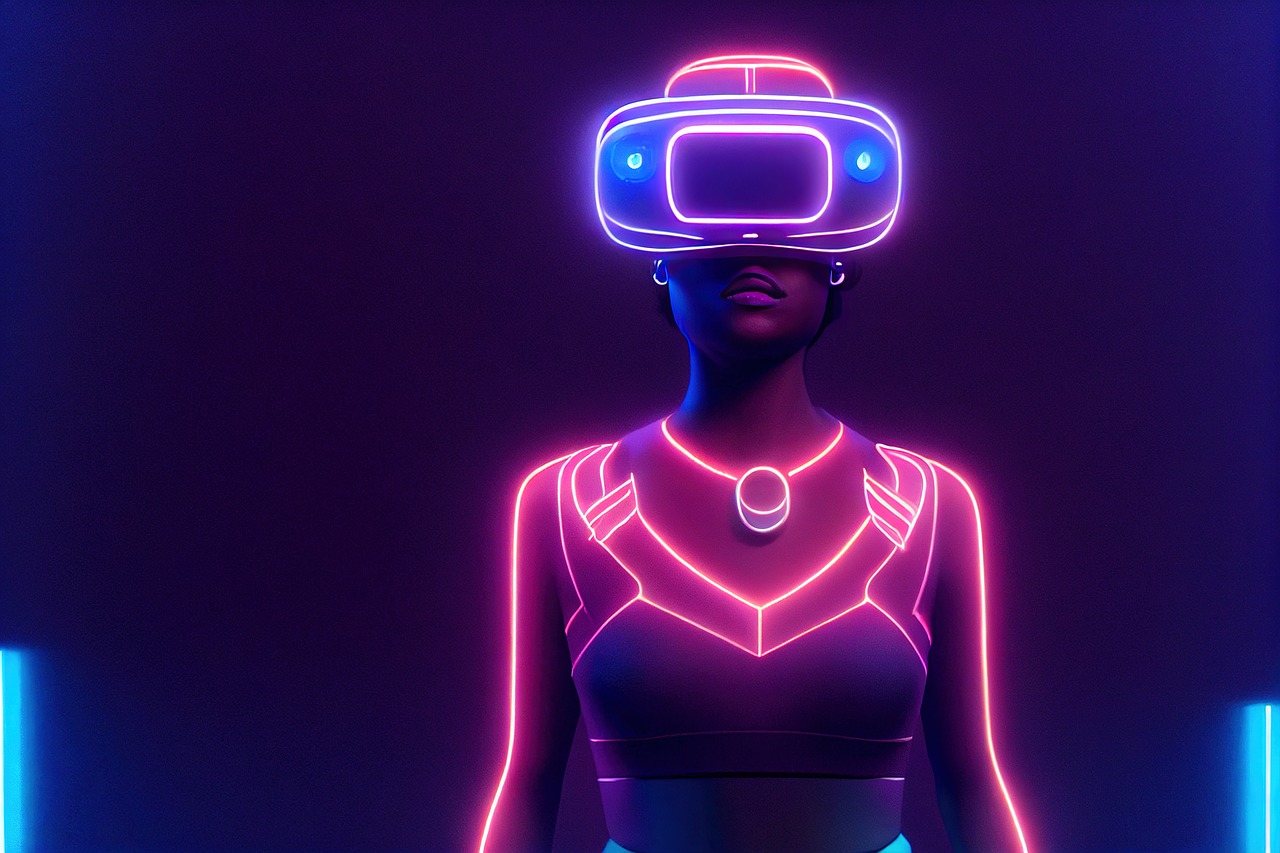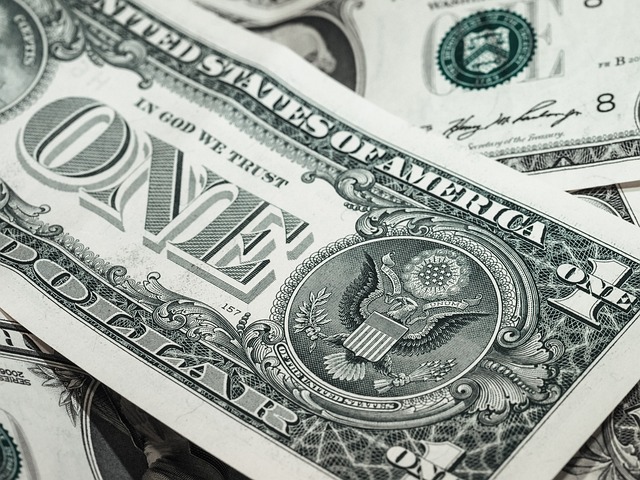The Uncharted Territory of Virtual Reality in Performing Arts
Delve into an exciting exploration of an emerging phenomenon in the arts and entertainment industry: the integration of virtual reality (VR) in performing arts. Discover how this innovative technology is revolutionizing the world of theater, dance, and performance, offering fresh perspectives and unprecedented possibilities for creators and audiences alike.

The Dawn of Virtual Reality in Performing Arts
The concept of virtual reality, a simulated experience that can replicate real-world environments or create entirely new ones, is not a novelty. However, its application in the performing arts sector is relatively recent. Despite being in its infancy, it promises an extraordinary transformation in how we perceive and interact with live performance. VR’s potential lies in its ability to immerse audiences in the narrative, enabling a more personal and empathetic connection with the performers and the story.
Current Incorporations and Innovations
The current landscape of VR in performing arts is brimming with exciting innovations. Notably, the Royal Shakespeare Company partnered with digital agency, Marshmallow Laser Feast, in 2020 to present a ground-breaking production of “The Tempest,” incorporating VR elements. Meanwhile, the Dutch National Ballet has been experimenting with VR to give audiences a 360-degree view of its performances. These pioneering ventures have proven that VR can provide a unique and immersive artistic experience, redefining traditional boundaries of performing arts.
Impact and Reception
The integration of VR into performing arts has sparked a wave of enthusiasm and interest. It offers a fresh approach to storytelling, allowing audiences to step into the shoes of characters, experience their emotions, and navigate their world. It also helps transcend geographical limitations, providing global accessibility to performances. However, it also invites criticism. Some purists argue that it deviates from the essence of live performance, creating an artificial barrier between the audience and the performers.
Future Prospects: A New Artistic Frontier
The future of VR in performing arts is boundless. As technology advances, so will its potential applications. Perhaps, we’ll witness fully immersive VR performances where spectators can interact with performers and influence the narrative. However, it’s crucial to remember that technology should serve as a tool to enhance art, not overshadow it. The challenge lies in integrating VR into performing arts without losing the human touch that makes live performance so special.
The Intersection of Technology and Art
As we stand on the cusp of a new era in performing arts, it’s vital to embrace change while preserving tradition. The integration of VR offers immense possibilities for creative expression and audience engagement. However, it’s essential to strike a balance. As we navigate this uncharted territory, let’s remember the words of British writer, Arthur C. Clarke: “Any sufficiently advanced technology is indistinguishable from magic.” But it’s the human touch that infuses this magic with soul.




